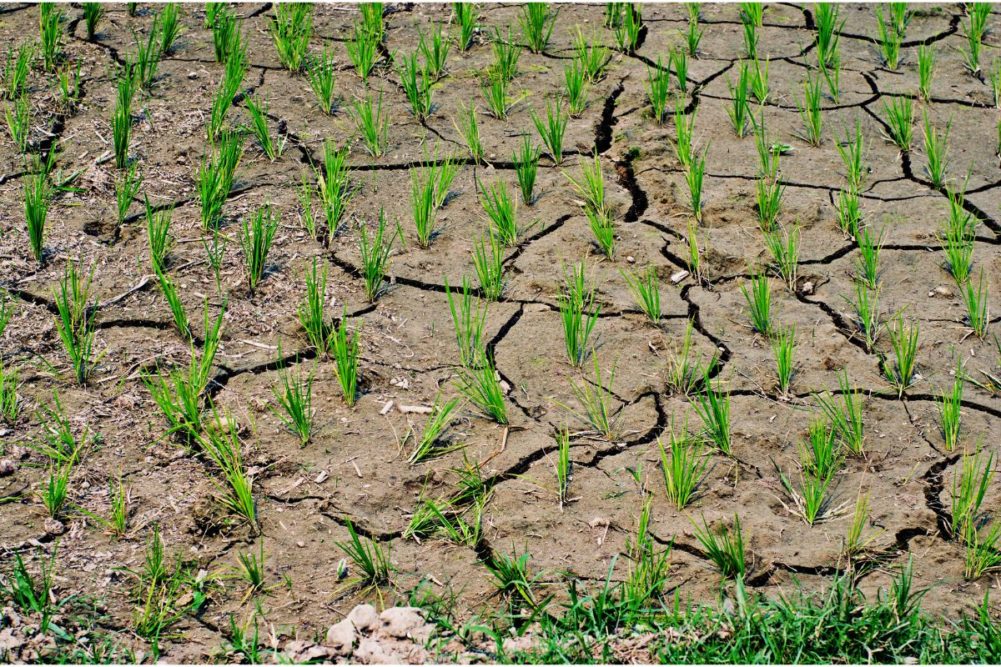CHAMPAIGN, ILLINOIS, US — The International Food Policy Research Institute’s (IFPRI) Global Food Policy 2022 report has warned that climate change may push 90 million Indians toward hunger by 2030 because of a decline in agricultural production and disruption in the food supply chain.
A new study examining the long- and short-term effects of climate change on crop yields in India found that farmers have been able to adapt to temperature changes for their corn and rice crops but not for wheat.
The study, conducted by researchers at the University of Illinois, examined data over a 60-year period. According to their analysis, if differences in temperature have no impact in either the short- or long-term models, there have been no adaptations. On the other hand, if the short-term impact is worse, it means that the farmers have been able to adapt and smooth out the effects.
“We found that the farmers were able to adapt to changes in temperature for rice and (corn) but not wheat,” said Madhu Khanna, a professor of agriculture and consumer economics. “Increased precipitation enhanced rice yield, but adversely affected wheat and (corn) yields. We also found that farmers are customizing their strategies across different regions and crops. For example, heat-prone districts fared better to higher temperatures compared to districts in colder regions.”
The impacts are higher at the lower tail of the distribution but are lower at the upper tail of the distribution, said Surender Kumar, a professor of economics at the University of Delhi, India. Farmers who worked in areas that were less productive, and therefore at the lower tail of distribution, differed in their response to those who worked in areas where the yields were higher, with the former taking more adaptation measures due to higher impacts.
“Higher productive regions have better irrigation facilities and are less dependent on the monsoon, and so the difference between long-term and short-term impacts is negligible,” Kumar said.
The researchers said there are two ways by which the crops can adapt: the farmers can change their management practices or switch to varieties that are more resilient.
“This study is a part of our overall effort to build understanding across different countries,” Khanna said. “In the past we did a similar study in the US and now we’re doing it for India. It’s interesting that the results of this study tell us that in both countries, although there is a negative impact of climate, the crops are adapting. However, these effects differ across crops and across the type of effects they are adapting to. We need to take a holistic view of all the various ways in which changing climate effects yield, which is obviously a very challenging and complex problem, and understand that focusing on particular dimensions of climate change and adapting crops may not be sufficient.”
The study, “Distributional heterogeneity in climate change impacts and adaptation: Evidence from Indian agriculture,” was published in Agricultural Economics and can be found at https://doi.org/10.1111/agec.12765.
India is among the countries most impacted by climate change. A report by the London-based global think tank Overseas Development Institute found that India may lose anywhere around 3% to 10% of its GDP annually by 2100 and its poverty rate may rise by 3.5% in 2040 due to climate change.






